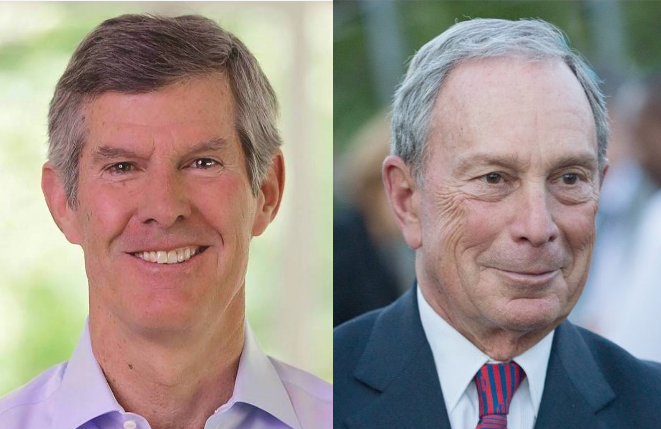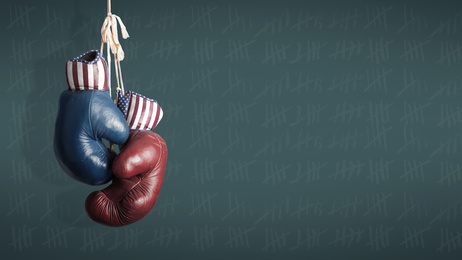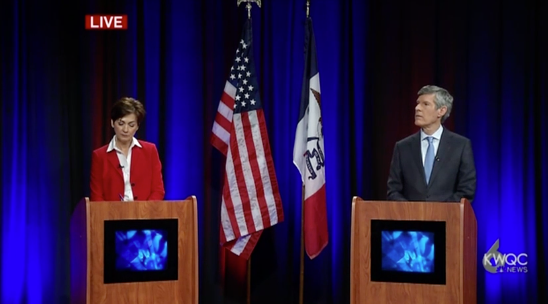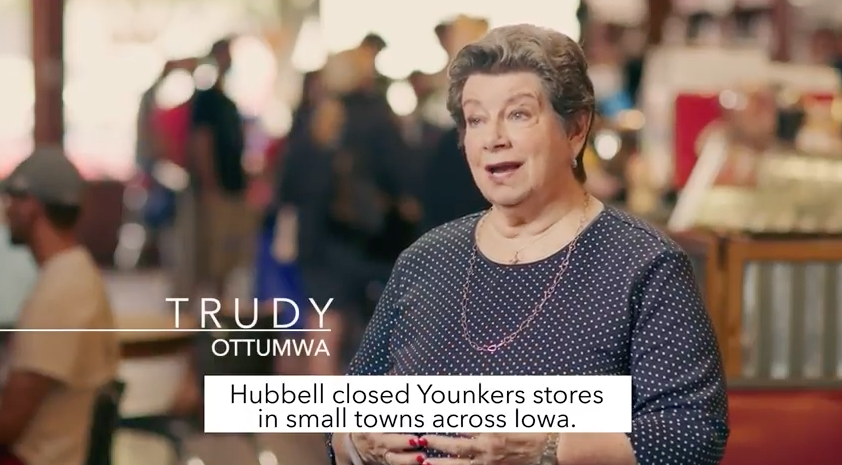Sixth in a series interpreting the results of Iowa’s 2024 state and federal elections.
The 2024 elections could hardly have gone worse for Iowa Democrats. Donald Trump carried the state by more than 13 points—a larger margin than Ronald Reagan managed here in either of his campaigns, and the largest winning margin for any presidential candidate in Iowa since Richard Nixon in 1972. The GOP swept the Congressional races for the second straight cycle and expanded their lopsided majorities in the legislature.
Support for Democrats has eroded in Iowa communities of all sizes—from large metro areas like Scott County (which voted for a Republican presidential candidate for the first time since 1984) to rural counties that were always red, but now routinely deliver more than 70 percent of the vote to GOP candidates.
This post highlights the growing problem for Democrats in Iowa’s mid-sized cities. I focus on eleven counties where Democratic candidates performed well in the recent past, but now trail Republicans in state and federal races.
Changing political trends in mid-sized cities explain why Democrats will have smaller contingents in the Iowa House and Senate than at any time since 1970. Voters in six of these counties also saved U.S. Representative Mariannette Miller-Meeks from a strong challenge by Democrat Christina Bohannan in the first Congressional district.
Continue Reading...

































